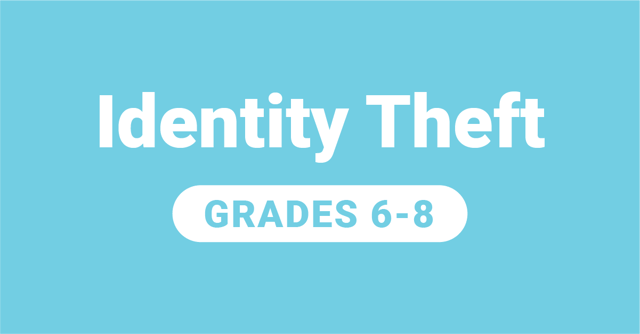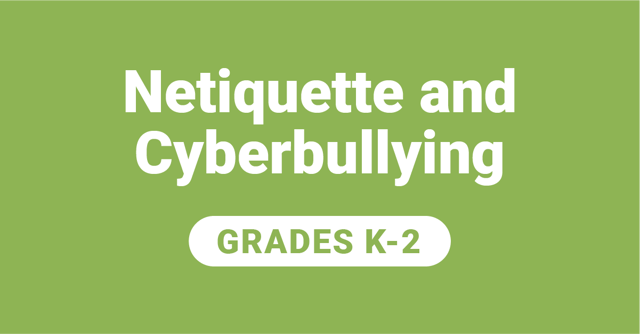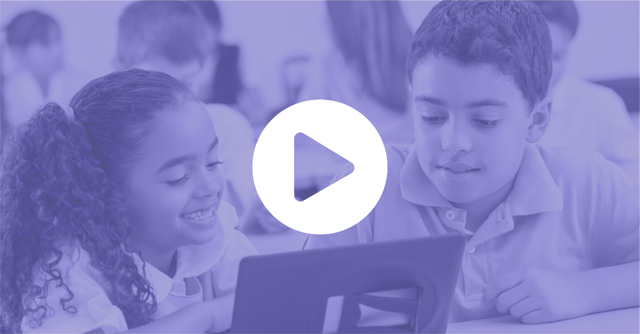Enhance Digital Citizenship With This Lesson on Confirmation Bias
 Insights By Marco Arreola
Insights By Marco Arreola
As technology teachers, the most important lesson taught to students is hacking. Obviously, the terminology “hacking” is not to be taken literally. It does not mean literally teaching students to hack digital computer systems. In a more colloquial way, students are being taught “brain hacks.”
The human brain is similar to computers in that it takes inputs, processes them and then produces outputs. If you see a ball coming at your face, your eyes receive that input and your brain produces an output such as ducking or moving your head left or right.
This is an extremely simplified example, but it helps to illustrate the idea that the brain is like a computer. When talking to students in this simplified manner, they can visualize it and it sticks with them. Once the students understand this idea of inputs and outputs, it is time to start hacking. Students begin to understand that like all technology, our brains can be hacked but flaws in the programming must be found before they can be exploited. This is where one of the largest flaws in the human brain becomes apparent, cognitive biases.
How to Teach Students About Confirmation Bias
In the first lesson of cognitive biases, confirmation bias is covered. This lesson goes a long way in covering many topics related to digital citizenship. The great thing about confirmation bias is that it is easy for students to spot, and it can be a steppingstone for utilizing the internet and technology to its full potential.
Like my students are told, “You all have more access to information than anyone who has ever lived. The problem is that not all of that information is true. If you can hack your brain to spot reliable information while avoiding misinformation, then you can learn nearly anything you could ever want to know.”
1. Define Confirmation Bias
Now that the students understand why the flaws in our thinking need to be recognized, they can begin to see how it manifests in real life. First, the definition of confirmation bias must be understood.
Essentially confirmation bias is when you search for evidence or data that agrees with what you already believe to be true instead of searching for evidence to the contrary. This can be extremely dangerous because it limits the number of inputs into the brain, which limits the number of outputs as well.
2. Conceptualize Confirmation Bias With an Activity
To help students further understand what this definition means for them, students are asked to look at a modified example of a classic experiment originally done by Peter Wason in 1966.

When students are asked to answer the example nearly all students answer saying the D will need to be flipped by itself, or both the D and 3 should be flipped.
The correct answer is only the card D and card 7 should be flipped. Card D is fairly obvious, but the 7 card is the least intuitive of the set. The reason for this is because it disconfirms the rule. If the students were to flip over the 7 and find a D, then their rule would be incorrect.
In the post-experiment discussion, every card and the reason why it should or should not be flipped is revealed. This quick example provides students with simple evidence of the phenomenon of confirmation bias.
3. Connect Confirmation Bias and Digital Citizenship
So how is this applied to digital citizenship? The first step is to begin by talking to students about how this process of reasoning is dangerous when applied to real-life situations. When a person is trying to decide if their point of view is correct, they are more likely to search for evidence that supports their conclusion than the other way around.
For example, this can be applied to a much more serious issue like climate change. If someone believes that climate change is not real or that it is a natural phenomenon that humans have no control over then that person is more likely to read an article titled, “Why Scientists Keep Getting the Numbers Wrong on Climate Change,” rather than an article titled, “The Science of Climate Change and How You Can Help”. That applies to the opposite point of view as well.
4. Develop Strategies to Overcome Confirmation Bias
As students have been told, there is a nearly infinite amount of information online (inputs). Today anyone can open hundreds of websites and articles that agree with their point of view no matter how wrong they may be. They can then share this information online (outputs) and all of their friends who agree with them can then read that information as well.
This is where the concept of hacking comes into play. Brains need to be hacked in order to notice this bias and create an algorithm for avoiding it.
Here are some simple lines of code to help improve the reasoning process.
- If you have an opinion on a subject, assume that said opinion is wrong.
- When looking for evidence (inputs), look for evidence that may poke holes in the original point of view.
- The more inputs (evidence) you have, the more outputs (data, facts) you can produce.
- Verify that your information is coming from a reliable source.
- Always be willing to change your mind in the face of more evidence.
5. Put These Strategies into Action
One of my favorite things to do is to propose a challenge to the students. I ask them to think of their favorite athlete and then think about another athlete who other people believe to be just as good or even better. Their task is to think about the different metrics by which we would assess that player and compare those two player’s metrics.
This is fun because students can see that although Lebron James is their favorite player, Michael Jordan has him beat in terms of championship wins, points per game, and rebounds per game.
After comparing the two players (receiving inputs), usually using a T chart, we talk about how Lebron can still be your favorite player subjectively, but you are now much more knowledgeable and can talk about the objective statistics and form a much more reasonable and informed response to the question of who is better between Lebron or Jordan (outputs). Some students even change their minds and admit that Jordan is the better player overall, but that they still like watching Lebron because he is on TV right now.

This process is illuminating for students. Because students went from definition to theory to application, they have a much deeper understanding of the concept as a whole. They can more easily recognize this bias in the real world and begin to overcome it with some simple brain hacking. The internet is a nearly limitless pool of information that we can input into our brains, and we can hack our brains to produce the correct outputs. Students just need to learn to hack.




